Introduction
Artificial Intelligence (AI) has been a buzzword for the last few years. It's being used in different industries, including healthcare, finance, and education. One of the areas that have been affected by the use of AI is smart homes. AI technology is revolutionizing how smart homes operate, making them more efficient and user-friendly. In this article, we'll explore how AI is used in smart homes, specifically how it's combined with smart curtains to help people live healthier lives.
AI Technology in Smart Homes
AI technology has made smart homes more intuitive and easier to operate. By analyzing user data and patterns, smart homes can adjust their settings automatically, eliminating the need for manual adjustments. AI-powered smart homes can learn a user's preferences, including temperature, lighting, and entertainment, and optimize these settings for the user's comfort.
AI technology in smart homes has also made it possible for smart devices to work together seamlessly. Smart speakers, thermostats, security cameras, and even appliances can communicate with each other and share data. This level of interconnectivity creates a more integrated and comprehensive smart home system.
The Integration of AI and Smart Curtains
Smart curtains are an essential component of a smart home. They can be programmed to open and close automatically, adjust based on the time of day or temperature, and even provide privacy. However, with the integration of AI, smart curtains can do more than just adjust their settings automatically.
AI-powered smart curtains can help people live healthier lives. By monitoring the amount of light entering the home, AI can optimize the amount of natural light entering the room, which can improve sleep patterns and overall health. Natural light has been shown to improve mood, increase productivity, and regulate the body's internal clock. By adjusting the curtains to let in more natural light during the day and minimizing light exposure at night, AI-powered smart curtains can promote healthier sleep patterns and improve overall well-being.
Future Developments and Trends
As AI technology continues to develop, we can expect to see more integration of AI and smart curtains in smart homes. Future developments may include the use of AI-powered sensors to monitor air quality, temperature, and humidity levels, and adjust the curtains accordingly. This would create a more holistic approach to smart home automation, where the home's environment is optimized for the user's comfort and health.
Another development in AI technology is the use of machine learning algorithms to analyze user behavior and preferences. This data can be used to create more personalized settings for each user, making smart homes even more intuitive and user-friendly.
Conclusion
AI technology is transforming the way we interact with our homes. By integrating AI with smart curtains, we can create a healthier, more comfortable living environment. As AI technology continues to develop, we can expect to see even more innovative and exciting developments in the world of smart homes. With AI technology, the future of smart homes is limitless.
“
After reading this article, if you found it helpful, share it with someone you care about.
Let's spread the sunshine and make the world a better place together. ”
Start your sunshine life with CurBot!






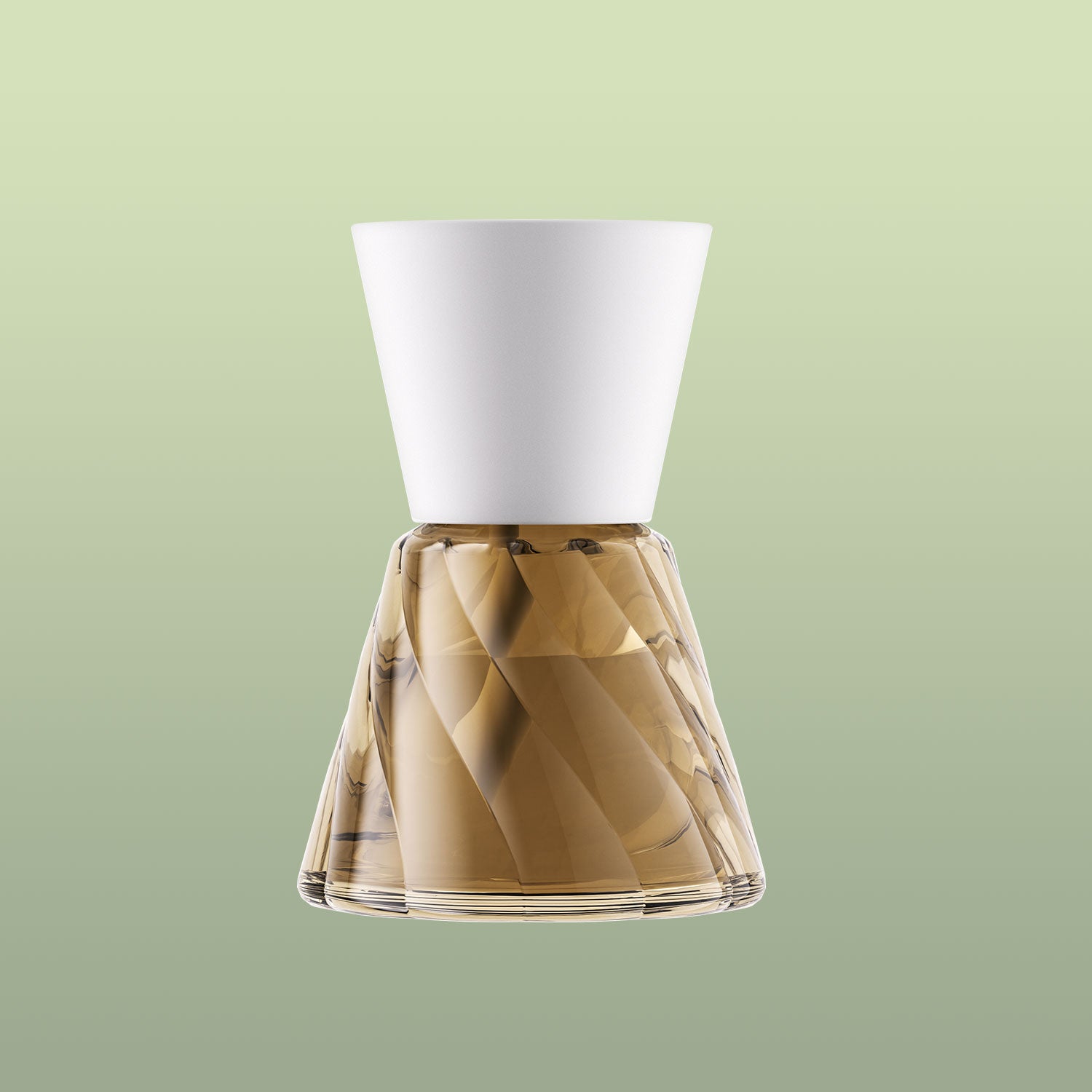


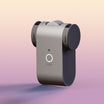
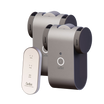
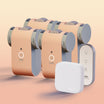
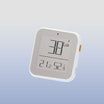
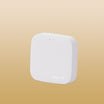
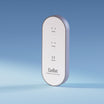
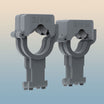

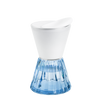



Leave a comment
All comments are moderated before being published.
This site is protected by hCaptcha and the hCaptcha Privacy Policy and Terms of Service apply.